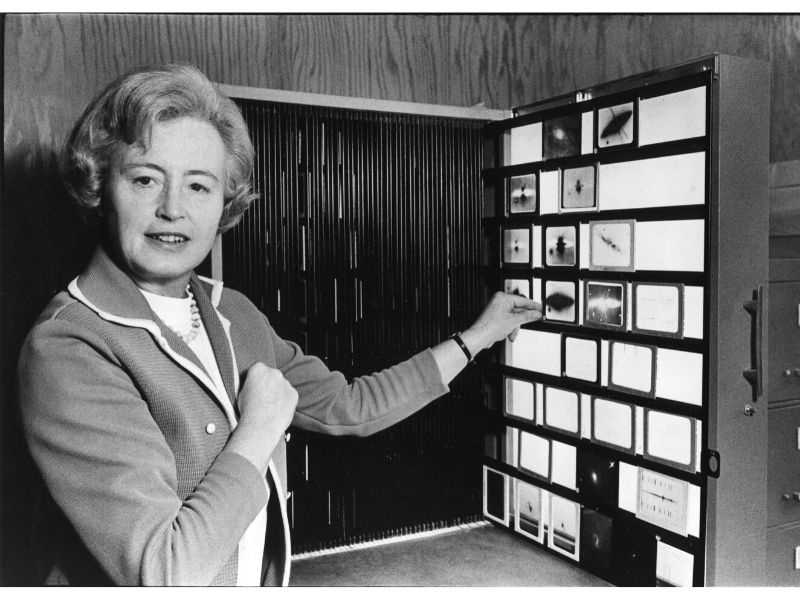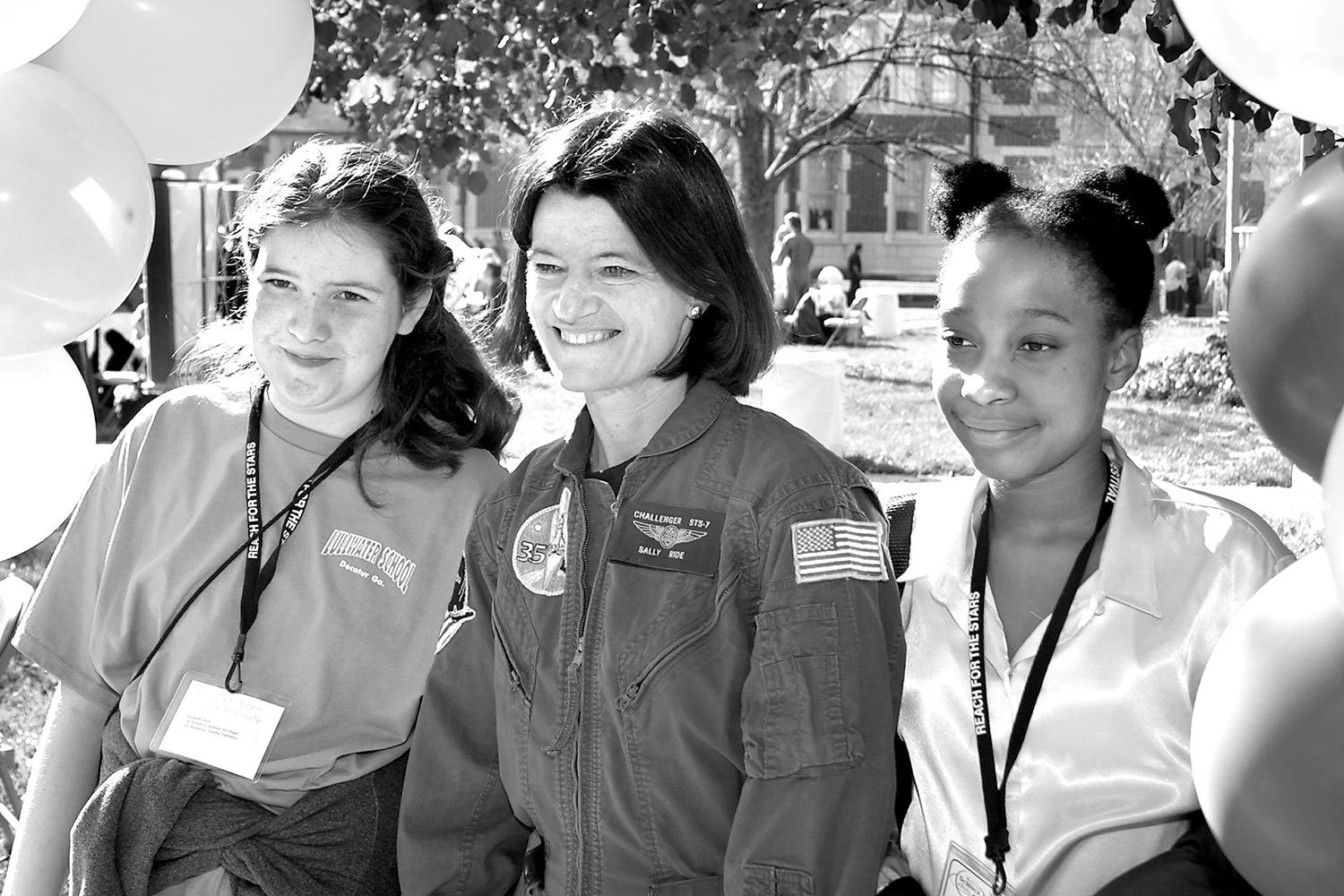About
- Contact
- Visiting
- Deliveries
- Job Listings
- History
The Department of Astronomy & Astrophysics (A&A) was approved for creation at UC San Diego in March 2023. The department's vision was carefully developed over several years with the goal of establishing an autonomous astrophysics program. The A&A program aims to foster exciting growth and strengthen key research areas, enhance undergraduate and graduate education, and support initiatives in diversity, equity, and inclusion. The A&A department, founded by 12 faculty members in 2023, now hosts 18 faculty members who research a wide range of topics, including planetary science, exoplanets, stellar processes, galaxy formation and evolution, dark matter and dark energy, and cosmology.
The new A&A department builds upon a long and illustrious history of astronomy and astrophysics research and education at UC San Diego. Margaret and Geoffrey Burbidge were among the first members of the UC San Diego Physics department, arriving in 1962. Margaret Burbidge, who was the first Director of CASS, was a prominent figure in the field, known for her outstanding contributions to stellar nucleosynthesis and her meticulous observations of nearby and distant galaxies. Sally Ride, who joined the Physics faculty at UC San Diego in 1989, focused on non-linear optics and Thompson scattering and was an active member in science and astronomy outreach in the community. She developed an advanced mock NASA Control room in the CASS building to provide young middle school and high school students with interactive opportunities to learn about space flight, and her work continues today through Sally Ride Science. Art Wolfe performed early calculations of the effects of matter clumping on the appearance of the cosmic microwave background and conducted pioneering observations of damped Lyman-alpha absorption systems in quasar spectra, which provided early information on the physical conditions in distant young galaxies. From 2007 to 2023, theoretical astrophysicist George Fuller served as the CASS director and ushered in new growth with a large number of new faculty, researchers, and technical staff in various astrophysical research areas. Distinguished Professor Fuller, winner of the American Physical Society’s 2013 Hans A. Bethe Prize, is known for his work in theoretical astrophysics, especially regarding neutrinos, stars, and cosmology.


Photographs: (left) Margaret Burbidge in 1980 organizing slides for American Astronomical Society meeting. For more on Margaret's legacy please see her story in 2020 in UC San Diego Today. (right) Sally Ride attending a UC San Diego STREAM outreach program. The Sally Ride Science Center at UC San Diego continues with science and engineering outreach.
UC San Diego astrophysics has participated in numerous space-based and ground-based astronomical instrument programs, including the Faint Object Spectrograph on the Hubble Space Telescope (launched 1989), Burst And Transient Experiment on the Compton Gamma ray Observatory (launched 1990), High Energy X-ray Timing Experiment on the Rossi X-ray Timing explorer (launched 1995), Long Wavelength Spectrometer on the Keck Telescope (installed 1996), Electron Drift Instrument on the European Cluster Mission (launched 1999), Pulse Shape Discriminator on the Spectrometer for INTEGRAL on the European INTEGRAL mission (launched 2002), Apollo Lunar Laser ranging Instrument on Apache Point Observatory (installed 2005), and Background Imaging of Cosmic Extragalactic Polarization (BICEP2).
Today, UC San Diego maintains strengths in observational, experimental, and theoretical astrophysics. Observationally, our faculty members use the most advanced observatories in the world, operating at all wavelengths, including the W.M. Keck Observatory, ALMA, the Hubble Space Telescope, the James Webb Space Telescope, and the Simons Array to explore research areas such as exoplanets, star formation, the interstellar medium, distant galaxies, and cosmology. Our faculty who conduct theoretical studies use the San Diego Supercomputing Facility to investigate galaxy formation and evolution, stellar nucleosynthesis, general relativity, compact objects, and plasma physics. UC San Diego A&A hosts multiple laboratory facilities including the Experimental Cosmology Laboratory, Optical and Infrared Laboratory, High Energy Astrophysics Laboratory, and Lunar Laser Ranging Laboratory. The current experimental program includes the Simons Observatory, NASA Compton Spectrometer and Imager (COSI), Gemini Planet Imager for Gemini North Observatory, Liger and HISPEC for W.M. Keck Observatory, IRIS and MODHIS for the Thirty Meter Telescope, and optical SETI instrumentation. Following on the legacy of Sally Ride and others, our faculty and students are active in community outreach and programs in San Diego County.
Our new A&A faculty members are incredibly excited to create this new department and for the opportunities that lie ahead.